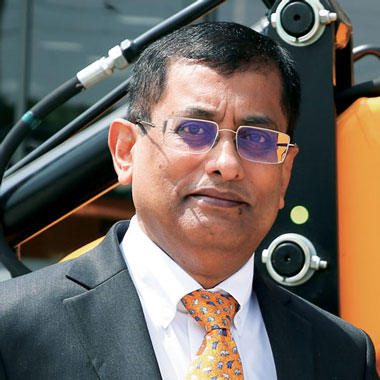Power LIst 2020

There are two major areas where sustainability themes are emerging. One is broad global trends and other is textile industry in which Birla Cellulose operates. Both need attention. Climate change is on top of the agenda with water and social inequality being the two issues that need to be addressed. The United Nations Sustainable Development Goals (SDGs) sum up total 17 priority areas for the well-being of the people and the planet.
In terms of trends specific to viscose and textile, it did a comprehensive stakeholder engagement exercise in 2019 and mapped materiality issues through a survey of the textile value chain. Points that emerged are responsible sourcing including sustainable forestry, use of closed loop viscose production to minimise resources, saving water, safety and health, GHG reductions, circularity, transparency and governance. Birla Cellulose aspires to be a leader of sustainable business practices in the MMCF industry and is working towards it with partners. The five pillars of strategy covers sustainable sourcing,
sustainable manufacturing, sustainable product design, social responsibility and valuable partnerships. Sustainability is an integral part of the strategy at BC. Birla Cellulose touches the most stringent regulations globally. It is the only viscose producer who has achieved net zero carbon emissions in scope 1 and 2 emissions by sequestering more carbon than it releases. All its fibre sites have achieved 90% or higher score in the Higg Facility Evaluation Module standard (Higg FEM 3.0), and leads the viscose industry in this global best practice.




























.jpg)




























